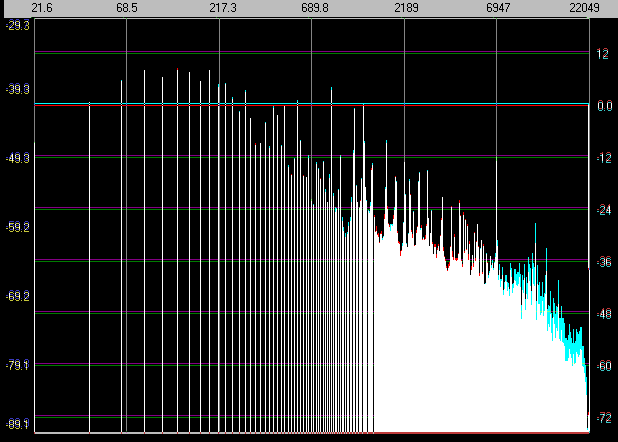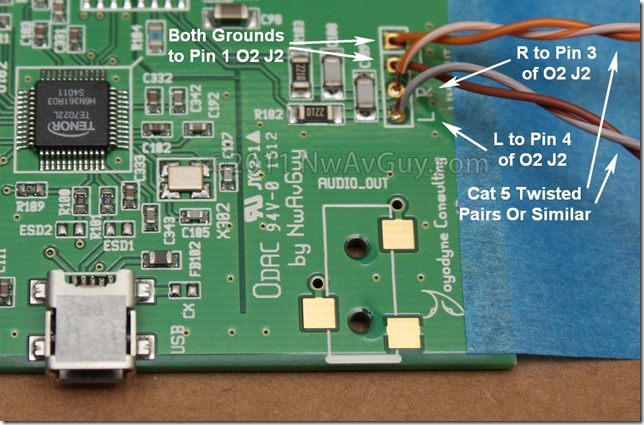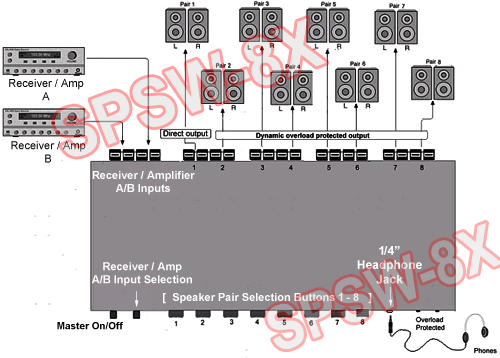Not sure if anyone has posted this yet - but this is a very interesting article:
http://en.goldenears.net/index.php?mid=KB_Columns&document_srl=1301
Basically with cables, the more I read, the more I realise how little I actually understand electronics. Another interesting cable review with measurements:
http://www.hometheaterhifi.com/volume_14_4/legenburg-zeus-cables-12-2007.html
I am starting to worry - I just bought $60 worth or rectangular OCC copper for a HE-6 recable (mostly because stock cable is oxidising) but I am starting to think I would have been better off using round wires in star quad, just keeping the gauge under 26 AWG (in order that the wire is less than 20 kHz skin depth - at least if I got my calcs correct). Anyway I'm glad I didn't buy ROCC silver which would have cost me about 5 times more...
So star quad seems to be the geometry which most pro-audio companies use for their cables? I can do this construction with my rectangular wire and just hope the capacitance isn't too high.
As far as I can get my head around it, phase and temporal distortion seems to be the main concerns in designing audio cables, but for the life of me I don't see how conductor metallurgy has anything to do with this, but then again I am not really an expert in any field which would cover this. From my understanding, conductor purity/metallurgy has an influence over signal propagation speed, but I have no idea how this would affect critical performance metrics (in my understanding) such as phase distortion.
You would think that cable manufacturers, given how ready they are to publish scientific justifications for their cable products, would participate more in threads such as this. Presumably, given their marketing material, they must employ
at least a couple of engineers or scientists. When people start wrongly representing other products, more often than not a rep from the company notices and chimes in to set things straight. Maybe we just need to drop a few company names?



























